14. Mysterious Skin (Gregg Araki, 2004)
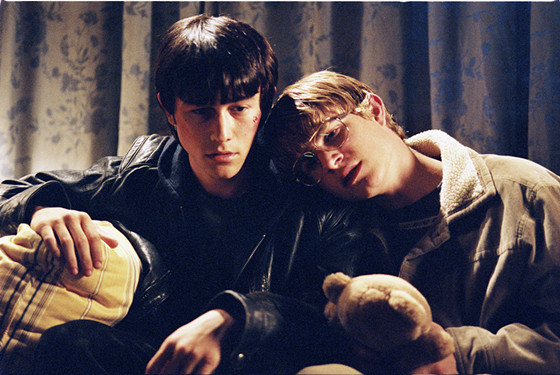
Mysterious Skin, which helped usher in Joseph Gordon-Levitt’s transition from child actor to bona fide leading man, is an emotionally draining film that shows two, sharply contrasting characters’ reactions to sexual abuse. The film shows the lives of Neil (Gordon-Levitt) and Brian (Brady Corbet) who are both lost in their own ways.
Neil is a prostitute in New York City. He has clear trouble differentiating sex from affection, often misinterpreting the former as the latter. Brian, on the other hand, still lives in his hometown in rural Kansas, has recurring visions and nightmares that he interprets as an alien abduction, and cannot connect with anyone.
When the two young men reunite towards the end of the film, the memory of their shared abuse (at the hands of their Little League baseball coach) comes to light. Through this experience, Neil has sought love and affection from men who are similar to his abuser.
Here, viewers can gain some understanding into why and how some sufferers of trauma continuously seek to return to the root of their pain. Brian has completely suppressed his memory of the event, but it intrudes upon his life in uncontrollable ways. The audience is left with some sense of hope that both men will find resolution through their therapeutic reunion.
15. Blue Ruin (Jeremy Saulnier, 2013)
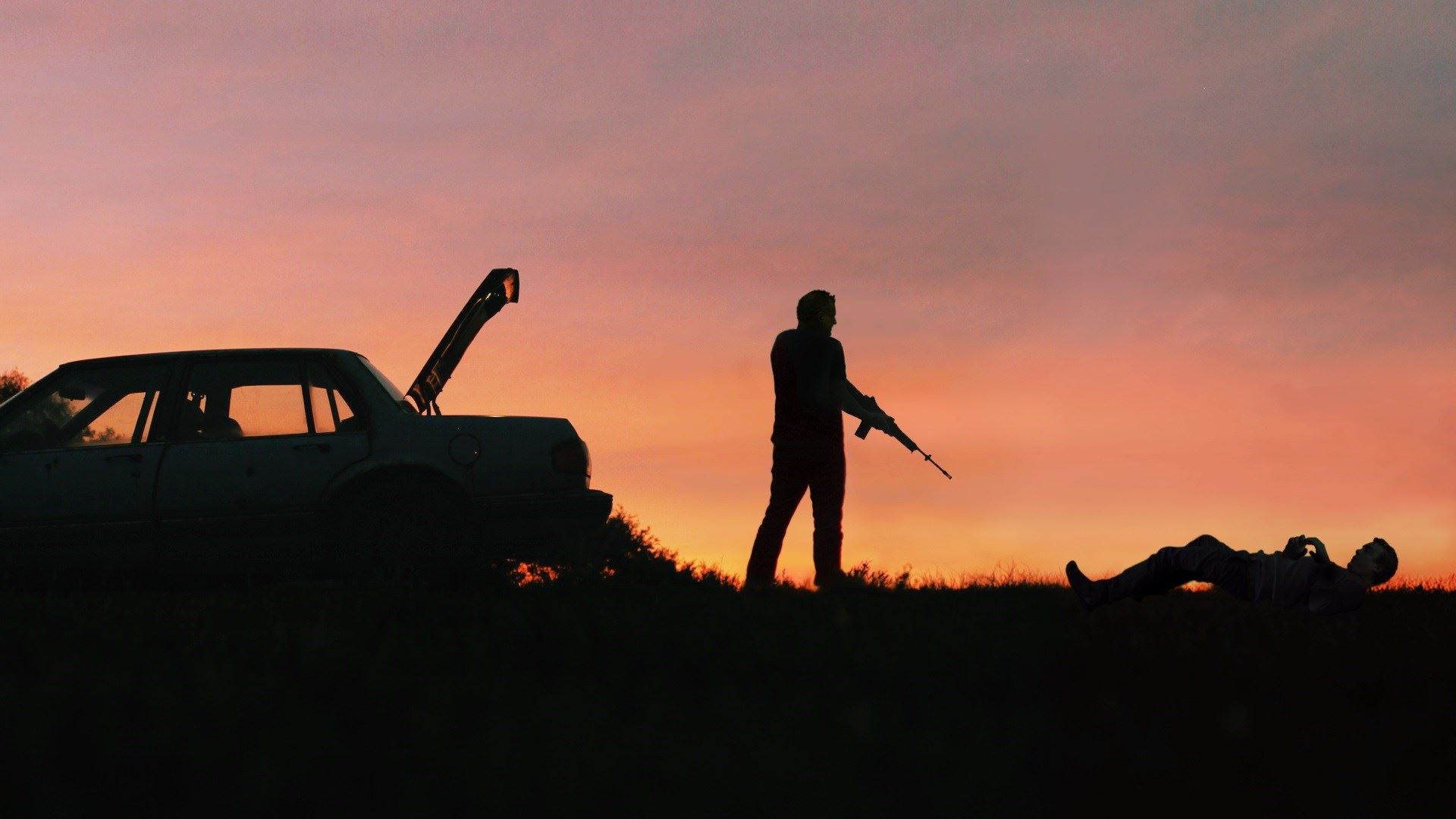
Blue Ruin is, at its core, a revenge film. Dwight (Macon Blair) subsists on a transient existence, living out of his car and sleeping on the beach. He learns that the man who murdered his parents is set to be released from prison.
Dwight decides to seek revenge, which he does successfully, only to then have the family members of the murderer seek similar revenge upon him. The film morphs into a seemingly never-ending cycle of the two adversaries obsessing over vengeance.
Jeremy Saulnier’s film, while violent in its action, shows a more nuanced approach to trauma. Dwight is a passive, quiet, introverted man who appears gentle and fragile on the surface. Although he leads a life on the fringes of society, it is clear that people who come in contact with him feel empathy and sadness towards him, rather than disgust or fear.
What boils under the surface, however, is what makes Dwight a compelling character study in trauma. The source of his detachment from the mainstream world is obviously the tragic murder of his parents. The hatred and violence that he has kept in check for years cannot help but escape when this painful past comes to the forefront.
16. Jeux Interdits (Rene Clement, 1952)
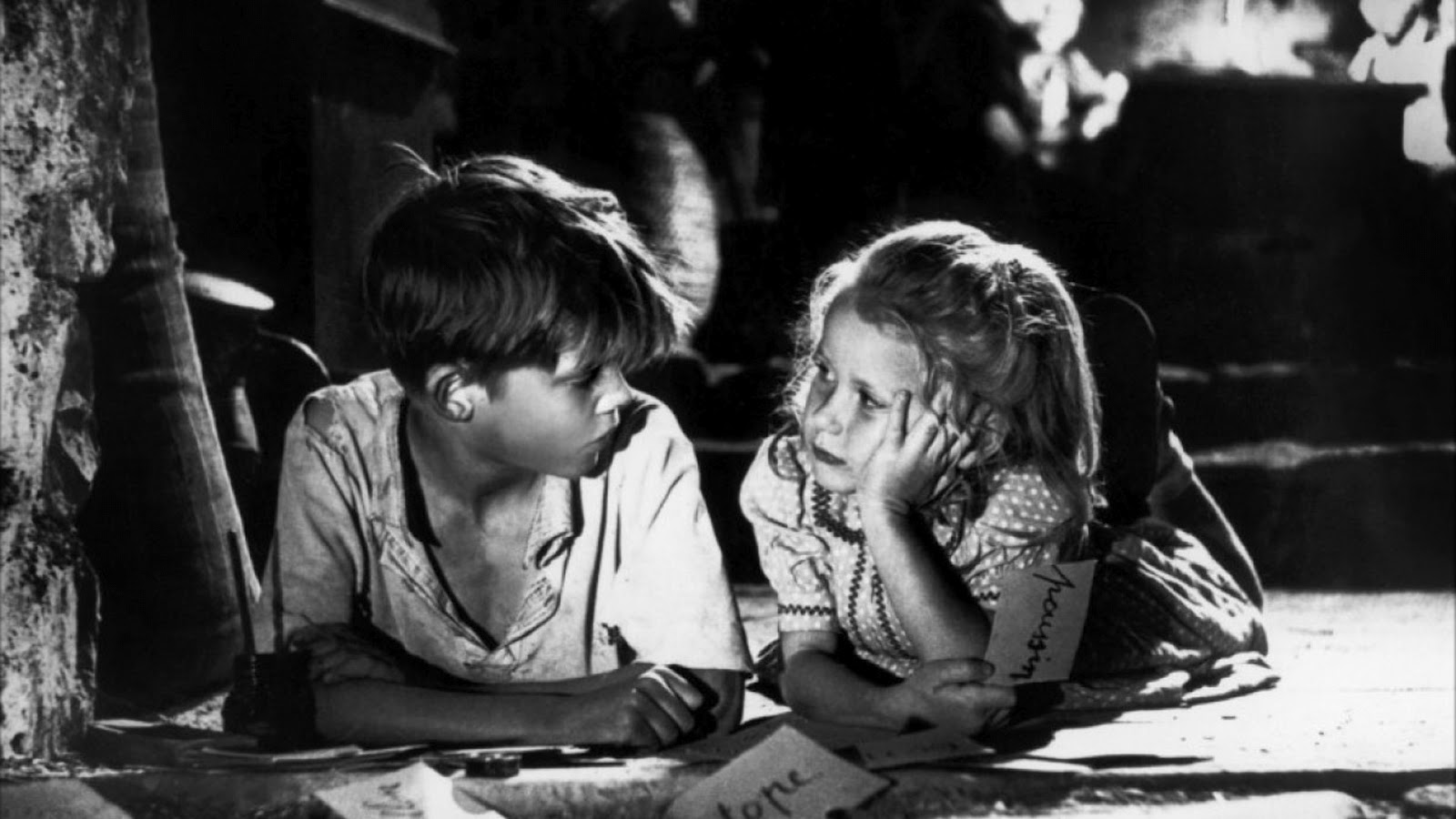
The oldest movie on the list, Jeux Interdits (Forbidden Games) is one of the first films to ever depict the emotional toll of warfare. Unlike most war trauma films, the focus here is placed on children living in a warzone. During German bombing of France in 1940, 5-year-old Paulette’s (Brigitte Fossey) family is killed and she is left orphaned. She is taken in by Michel (Georges Poujouly) and his family. She and Michel, who is 10, are each having trouble dealing with the death and destruction around them.
To cope with the death, the two begin finding and burying dead animals and stealing crosses from the town cemetery to mark their new graves. The pair is eventually torn apart by the French government.
Jeux Interdits shined a light on the collateral damage of warfare. While both young children were able to survive the German attacks physically unscathed, their newfound interest in death shows how their respective worldviews have changed.
Paulette begins to view Michel as her new family, seeking to fill the void left through her loss. Michel, at one point, steals his own brother’s grave marker, indicating that Paulette represents a similar replacement for him. The indifference of the adults around them further demonstrates that lack of importance placed on childhood pain and trauma.
17. Aideista Parhain (Klaus Härö, 2005)
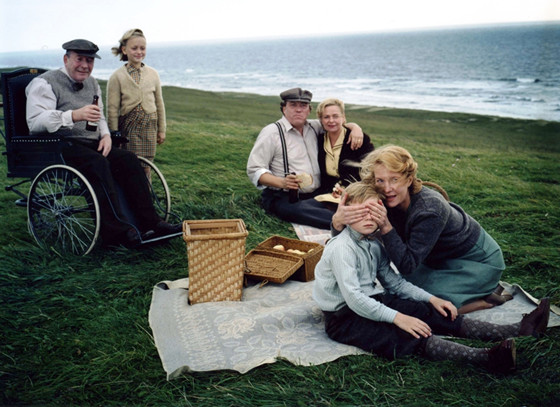
Aideista Parhain (Mother of Mine) is a Swedish-Finnish film that chronicles the aftermath of World War 2 in Finland. The film’s central character Eero (Topi Majaniemi) was a young boy when his father was killed in the war. His mother’s mental health declines and he, like numerous Finnish orphans, is sent to live with an adoptive Swedish family.
The language barrier and his desire to be back with his own mother make the adjustment rocky for Eero. Eventually, however, he begins to see his Swedish family as his real family and is reluctant to return to Finland after the war has concluded.
Central to Aideista Parhaim is the need for individuals living through traumatic situations to have others with whom to relate. It becomes clear that Eero cannot sustain his figurative isolation and alienation in both of his homes. His reluctance to forge new relationships is overpowered by his need for connection in the face of violence and tragedy. The real power and depth of Eero’s trauma is especially evident in his reaction to loss later on in life.
18. Metamorfoza (Netalie Braun, 2005)
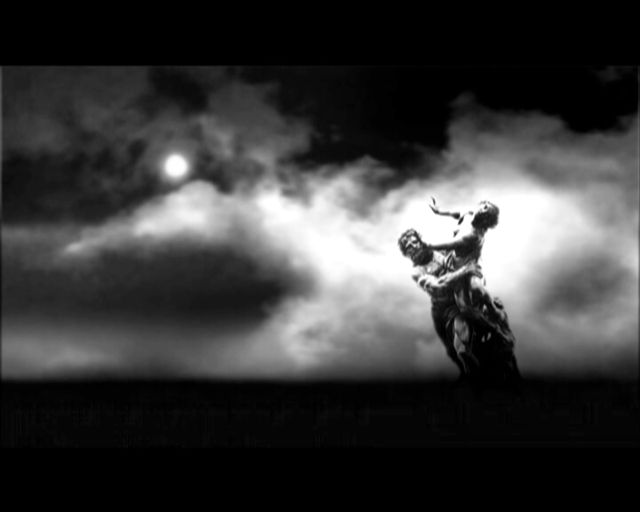
In her creative documentary Metamorfoza (Metamorphosis), Netalie Braun uses mythology, namely Ovid’s classic “Metamorphoses”, as the basis to examine four different women’s personal stories of surviving rape and sexual assault.
The work is narrated by Arachne, who in Greek and Roman mythology was a highly skilled weaver that is transformed into a spider for disrespecting and challenging the gods. In some versions of the myth, her violation was primarily that she weaved the tales of the different male gods’ rapes of mortal women.
The central thesis of Metamorfoza is that surviving rape is a transformative experience. Much like Arachne was physically and emotionally changed, along with other characters mentioned in Ovid’s work, so are the four women who share their stories.
Much of the conversation around trauma, and in this case its transformation effects, is about how rape victims’ stories are often silenced. Having to internalize and being unable to communicate their trauma leaves the victims changed – they essentially lose their voice.
Another implication presented in the film has to do with the inherently problematic power dynamic between men and women in cases of rape. Viewers walk away from this film seeing parallels of the injustices exerted by the gods and those exhibited by men in patriarchal societies. Here, Braun’s film indicates a more widespread culture of trauma in the 21st Century.
19. Pan’s Labyrinth (Guillermo del Torro, 2006)
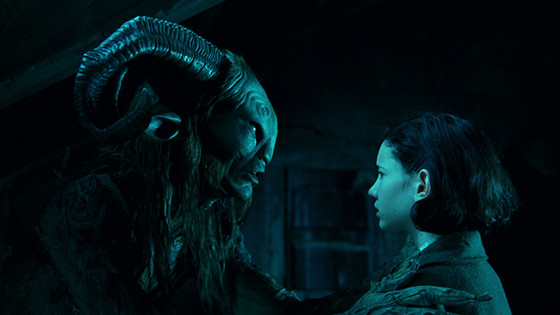
Pan’s Labyrinth’s presence on this list depends largely on interpretation. In the literal sense, it presents Ofelia (Ivana Baquero) who travels with her pregnant mother (Ariadna Gil) to a military outpost shortly after the Spanish Civil War. Her mother has recently married the brutal Captain Vidal (Sergi Lopez) who is tasked with squashing a rebellion in the local area.
In the backdrop of this conflict, Ofelia is engaged in a fantastical journey to claim the throne of the underworld through the help of a mythical fawn (Doug Jones). She is put through a series of tasks to achieve this apparent birthright, while around her violence escalates.
If Pan’s Labyrinth is viewed uncritically, it is an engaging and visually compelling fantasy film. However, Ofelia’s fantasy world can more effectively be interpreted as an elaborate escape from the terror of her everyday life. In her fantasy, she has a higher calling and the hope of immortality.
The fear and dread that occurs in some of her tasks directly correlates to the increasing intensity of the surrounding fighting. The fact that Ofelia is a young child, who most likely has no real understanding of the conflict, supports the notion that the fantasy is both her escape and her coming to grips with death and destruction.
20. Waltz with Bashir (Ari Folman, 2008)
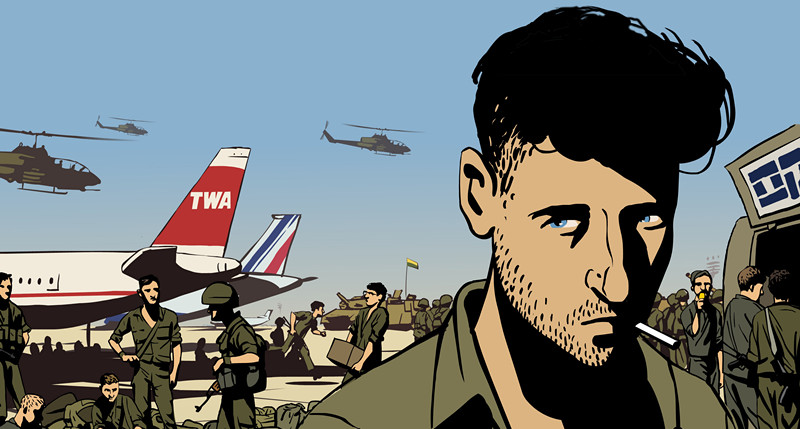
The only animated film on the list, Waltz with Bashir takes viewers on a journey to uncover memories related to the Lebanon War of 1982. Ari, the protagonist, begins having nightmares and vague memories of being an Israeli soldier in Lebanon a quarter century after the conflict took place. He has no concrete memories of being a participant in the war, or of that time period in general. He then goes on a quest to speak with other soldiers and reporters to find out what happened.
Being animated allows for Waltz with Bashir to visualize and represent the actual nightmares and splintered memories that Ari relives. The mix of beauty and horror is truly striking and supports the intrigue that Ari develops in understanding his past.
The combination of constriction (blocking out of trauma) and intrusion (the trauma forcing its way back in) is central to this film and essential in understanding some individual’s experiences of trauma.
Author Bio: Cole Gelrod is an English educator and freelance writer. He lives in Denver, CO.